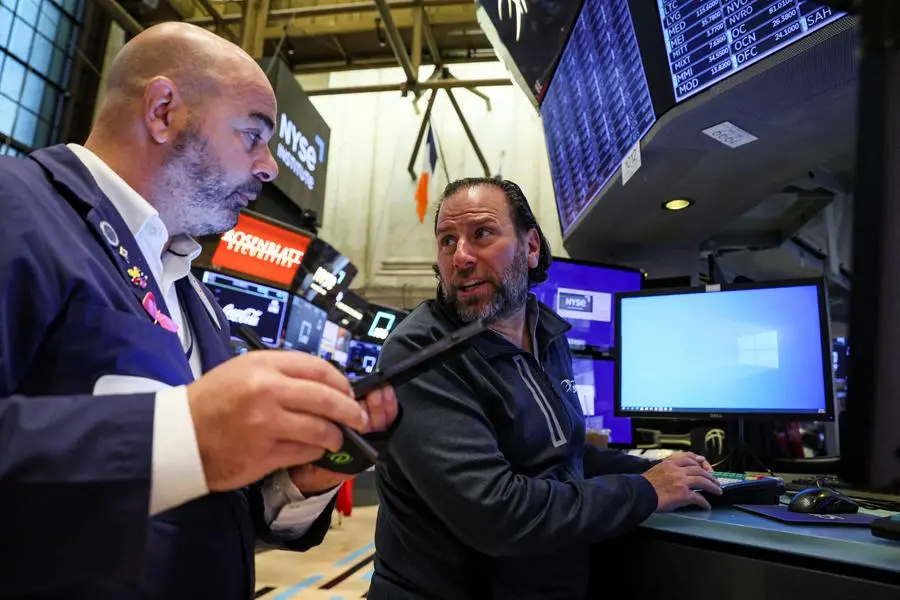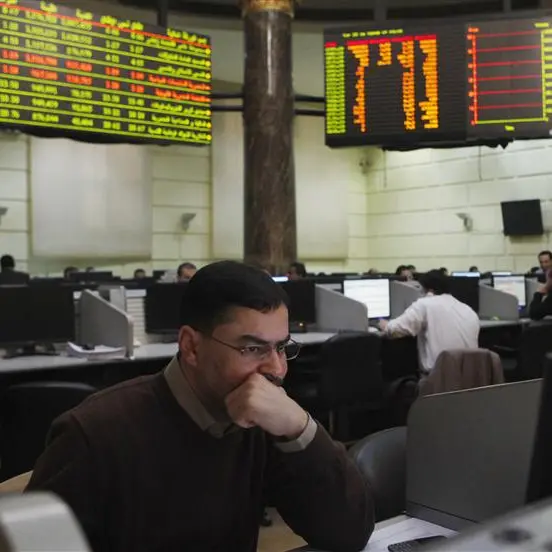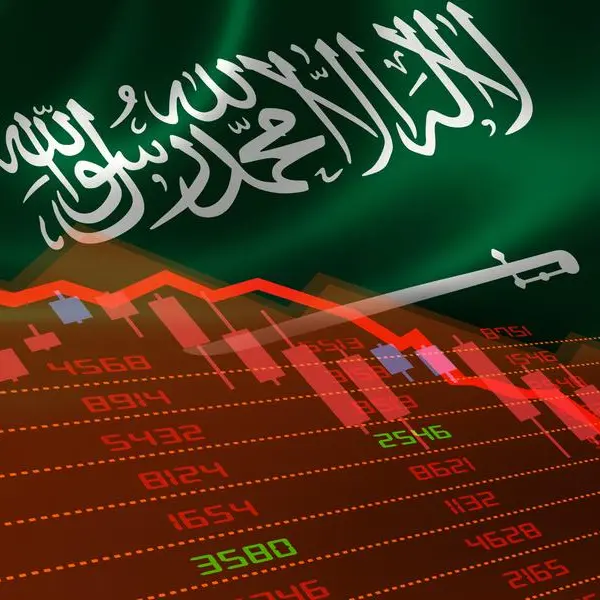PHOTO
ORLANDO, Fla. - Despite this year's plunge in U.S. equity valuations, stocks remain relatively expensive compared with battered bonds and investors feel they could fall further before finally finding their feet.
Key valuation measures show stocks are the most over-valued on a relative basis in many years, in some cases since 2007, and signals to multi-asset investors that they should now lean toward bonds.
Not only would this protect or even boost returns in a world of heightened uncertainty, risk aversion and recession, it could help lay the ground for Wall Street's eventual recovery by reining in yields and market-based borrowing costs.
Hopes have risen that the 20% S&P 500 plunge this year had cleared the decks by dragging the aggregate price/earnings ratio back below long-term averages. But metrics change when you consider stiffer competition from the other side of portfolios.
"Bonds are the most competitive they have been in at least a decade relative to stocks," said Keith Lerner, co-CIO and chief market strategist at Truist.
Erik Knutzen, chief investment officer of Neuberger Berman's multi-asset class portfolios, agrees.
"In this environment we think bonds are more attractive relative to stocks on a risk-adjusted basis. We are recommending this to our clients," he said.
MIND THE GAP
Take the difference between the S&P 500 earnings yield and nominal 10-year Treasury yield. The premium investors receive for holding equities over bonds has narrowed in recent weeks to as low as 2.18 percentage points, the lowest since 2007.
The 'equity risk premium' should reward investors for buying stocks because they are typically riskier and more volatile investments than Treasuries, seen as the 'safest' asset given you are virtually assured of getting at least your money back.
Not this year though, thanks to the Federal Reserve's fastest rate-hiking campaign in 40 years to snuff out 40-year high inflation.
The S&P 500 earnings yield - the inverse ratio to the price-to-earnings (P/E) ratio - has risen around 200 basis points this year, but the 10-year yield is up around 270 bps, the most since at least the early 1950s.
Essentially, the S&P 500's aggregate valuation has fallen, making stocks more attractive. But Treasuries' valuations are even more attractive.
It's a similar picture comparing the S&P 500's dividend yield with Treasury yields, even though dividends probably aren't as reliable a guide to the health of corporate America as earnings.
The current dividend yield - total annual dividends divided by the value of the index - is around 1.75%, while the 10-year Treasury yield is around 4.23%.
The difference of almost 2.5 percentage points is the widest since 2007.
60/40 BATTERING
Investors with a traditional '60/40' portfolio - 60% in stocks and 40% in fixed income - have been badly bruised this year. As of Monday Oct. 24, the S&P 500 was down 20% year-to-date and the ICE BofA aggregate Treasuries index was down 15.6%.
Lerner and his colleagues at Truist calculate that a classic 60/40 portfolio is down 18% so far this year. By their measures, that would be the fourth-worst year since the dataset began in 1926.
Bank of America strategists go a step further - they estimate that this year's returns on a typical 60/40 portfolio are shaping up to be the worst in a century.
That said, history shows that stocks can thrive even when bonds look the better bet. In the two years between June 2004 and June 2006 when the Fed hiked rates by 425 bps, the spread between the S&P 500 earnings yield and 10-year Treasury yield was rarely above 200 bps, and even fell below 100 bps.
Yet the S&P 500 rose around 20%.
There are major difference this time, however, namely a proper inflation shock and a far more aggressive Fed than Alan Greenspan's "measured pace" of 17 consecutive quarter-point rate hikes.
It should also be noted that throughout that two-year market rally valuations fell steadily, with the S&P 500's forward P/E ratio declining to 13.5 from around 16.5.
That ratio currently stands at 15.3, down from around 22.0 at the start of the year. It will probably have to go even lower before stocks' allure shines brighter than bonds'.
(The opinions expressed here are those of the author, a columnist for Reuters.)
(By Jamie McGeever; Graphics by Chuck Mikolajczak, Saqib Iqbal Ahmed; Editing by Andrea Ricci)




















